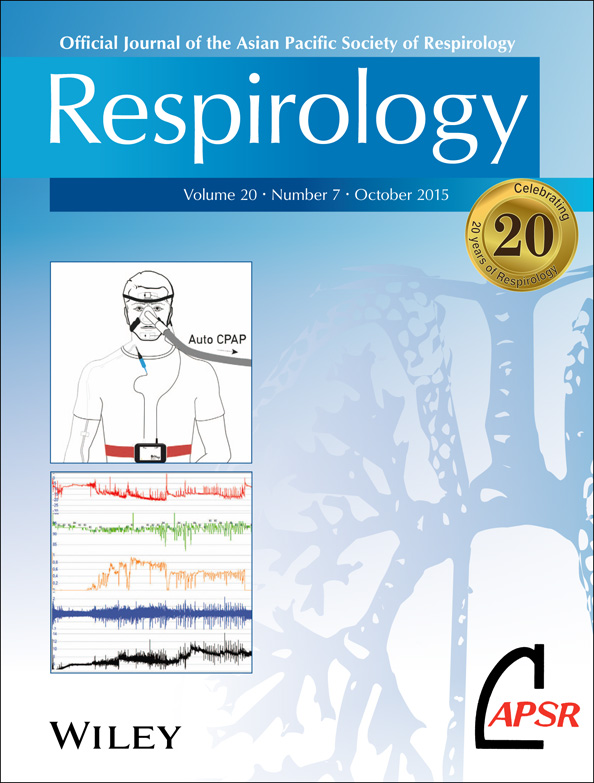An epilogue to lung function and lung disease: State-of-the-art 2015
Abbreviations
-
- FEV1
-
- forced expiratory volume in 1 s
-
- FOT
-
- forced oscillation technique
So some months ago we asked you to take a big breath and enjoy the upcoming series of reviews—now it is time to exhale and assess what we have learned from the manuscripts.
A major goal of the series was to bring together experts and world leaders in respiratory physiology, respiratory medicine, and in particular lung function assessment to address a central theme: ‘What is the most appropriate lung function test for a particular disease?’1 Our cadre of outstanding authors met the challenge head on and published 11 articles in Respirology2-12 and 6 case reports13-18 in Respiratory Case Reports. If you missed a case or a review article, the complete listing can be found in the Reference List of this editorial.
What was learned? We hope you will agree that the world of lung function measurement is not stagnant, whether it be the ‘old faithful’ FEV1, or emerging measurements based on forced oscillation technique (FOT) or the resurgence in use of the nitrogen washout approach. In this Editorial, we will not attempt to summarize all that can be gleaned from this wonderful series of articles; however, we do wish to make a few points based around a couple of key themes.
First, the discipline of lung function testing is not unchanging nor is it ‘dead science’. Rather, pulmonary function is a robust science that is evolving and thriving. We often hear, ‘Oh, there is nothing new in PFTs’. Nothing could be further from the truth, and this series is a testament to that fact. Consider FOT, which is often considered a ‘new’ technique to assess lung function. FOT was first described by AB Otis in 1956,19 but it took the development of improved computing techniques and small, fast computers to make it a reality. Just look at the current activity centred around the use of FOT in the pulmonary population and the number of times this was discussed in this series!
Second, we note the emphasis of many of these reviews on lung function assessment in paediatric patients. These young patients present a huge challenge when trying to measure lung function with traditional spirometry. This is clearly a group where FOT will find a role. Moreover, young patients with cystic fibrosis are a particular group where nitrogen washout and lung clearance index are a growing hotbed of activity. Accordingly, we hope you find these reviews especially both timely and informative. Remember, children are not just small adults.
Next, we hope this series will serve the experienced among you, not only in seeking an update on the role of lung function testing in anything from interstitial lung disease to chronic obstructive pulmonary disease to transplantation or neuromuscular disorders and asthma, but also that you find this review series useful in your teaching of others. The education of medical and other health professionals is currently deficient in terms of respiratory physiology and lung function assessment,20 and as such these reviews should prove a valuable resource for trainees.
Lastly, we hope that you enjoyed the series, and we thank all of the authors for their outstanding contributions and you, the reader, for your interest.




